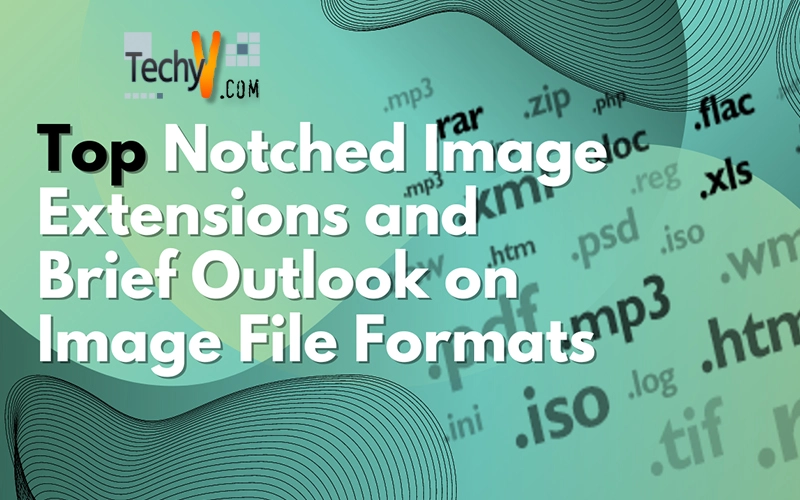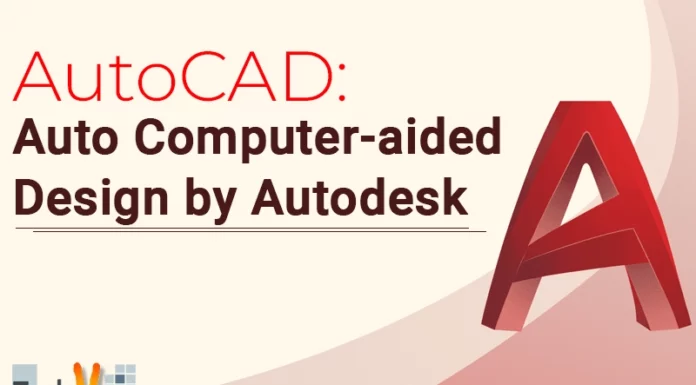Top Notched Image Extensions and Brief Outlook on Image File Formats
There are countless variants of images existing, but not all image file formats are appropriate for every purpose. Each image differs depending on its file extensions or file formats. There are image formats that suits for the web and those for printing and desktop publishing. Within every set there are formats better than the others for similar job. It is, indeed tough to decide which image format type should be used and which application can it be utilized in. Having knowledge to formats available and knowing about their pros and cons of each can aid you in crafting high-quality web pages, documents and presentations.
Image file extensions were developed to stock up large images from storage disk and cameras. Image file size is identified through the quantity of bytes. Images vary in the amount of colors they have. The larger digits of bits or pixels (“picture elements”), the larger number of colors and so is the image resolution, which results in a greater file.
Uniting with the fast paced technology advancement, high resolution cameras generate large graphic files. Larger file type indicates extra disk usage and can take more time to download. Thus, the need for compression is important; it refers to explain the means of trimming the size or dimension of the file.
There are two methods of compression, Lossless and Lossy. The former is described as using algorithms in reducing file size devoid of losing image quality, even though not being compressed into an undersized file as Lossy compression file is. It is often used when image quality is used or more than the file size. On the other hand, the latter defines as when a process gain advantage of the natural restrictions of the person’s eyes and removes unseen details. In the maximum compression stages, image downgrading turns out to be obvious.
There are several types of image file formats when naming them all. It is best to use one that is according to your purpose. Let us talk about the commonly used graphic formats, Raster image file format, as they are listed and shortly explained below.
Initially, Raster image formats is also referred to as a bitmap. It is formed from rows of tiny dots called pixels. At all times, the graphic can’t be directly re-scaled without losing definition whereas, a raster format applies a permanent procedure of identifying an image. Some Raster image formats include BMP, JPEG, GIF, PNG and TIFF.
The Windows Bitmap (BMP) format and .bmp as its file extension, has the ability to display millions of colors. It accommodates graphic files in the Operating System of Microsoft Windows. It is large in size because a BMP file is normally uncompressed. Its advantage is that it is plainness and extensively approved by the Window programs.
Secondly, the Graphics Interchange Format or also known as GIF and .gif as its file extension, since it is held up by approximately all Web browsers, it is considered as one of the mainly regular file designs for pictures on the Web. At its highest of 256 colors, it utilizes a Lossless compression that is further efficient when great areas contain a solo color and a useless color for meticulous images. However, it is best used for creating animation files, creating black-and-white images and displaying web picture.
Meanwhile, the other most ordinary file format in the World Wide Web (WWW) is the Joint Photographic Experts Group or JPEG format and its extensions are .jpeg or .jpg . Although it holds up to millions of colors to show high-resolution pictures, it can only bear 8 bits per color for a 24-bit total that creates quite small files. It is typically intended as a graphic storage format, that’s why it is capable of conveniently compressing large, expert photographs into an extremely compressed file. But frequently reducing picture’s file size may result to reduce its quality because it is in Lossy compression method. It doesn’t support animation but it use for photographs and natural- appearing graphics.
The PNG or Portable Network Graphics file format uses the extension of .png . It is said to be the GIF file format as its predecessor. It was created as free and open-source. It supports up to sixteen million colors or normally referred as true color. When picture has vast area of identical color and for editing images, PNG format is top matched. Although numerous web browsers don’t yet support the PNG format due to smaller file sizes. The process of compression it uses is Lossless.
Subsequently, the TIFF format or Tagged Image File Format and its file extension as .tif or .tiff, is frequently used in publishing because it generates extremely high-quality pictures. While it is displayed on a restricted 256 colors on gray scale pictures it can actually present millions of colors and basically results in bigger image files compared to JPEG or GIF file formats. Many programs distinguished this file format, so saving an image in this format will be useful. Web browsers don’t usually support this file format but the publishing industry acknowledged it as standard picture file.
Google designed a file format known as WebP that utilizes the method of Lossy compression. It decreases graphic file size to accelerate the loading of a web page but its foremost goal is to surpass JPEG, given that JPEG is the major format for image on the World Wide Web.
Other file image format that is trendy in Macintosh is the Picture File Format that uses .pict as its extension. It is applied with graphics programs and page design for moving documents among applications.
Based on the different image file formats stated above, every file format is best when used in their respective proper purposes. BMP is designed for screen display under Windows; therefore it is mainly used for Windows screen wallpaper, while GIF and JPEG are also for screen display and especially used for the Web. On other hand, TIFF is for printing for postscript printers and PICT is used for the screen display on the Macintosh.


















